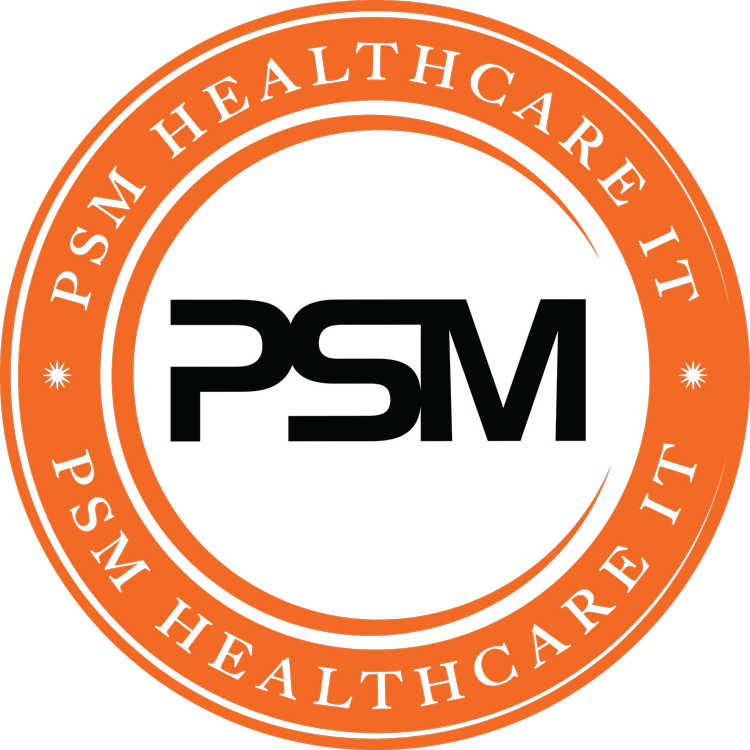PACS/RIS Experts
PACS/RIS Experts
PSM has extensive experience working with various PACS/RIS systems across the healthcare industry. We offer flexible staffing options to augment your current team or serve as your dedicated PACS/RIS support team.
Our services include:
Staff Augmentation:
– Provide specialized resources to supplement your in-house team
– Fill skill gaps or address temporary staffing shortages
– Leverage our expertise in PACS/RIS administration, integration, and support
Dedicated PACS/RIS Team:
– Outsource your entire PACS/RIS operations to our experienced professionals
– Benefit from our deep knowledge and proven methodologies
– Ensure optimal system performance, maintenance, and user support
Regardless of the engagement model, our multi-disciplinary team brings a wealth of expertise across various PACS/RIS platforms, workflows, and healthcare IT systems. We work closely with your organization to understand your unique requirements and deliver customized solutions that drive efficiency, enhance productivity, and improve patient care.
With our flexible staffing options, you can scale your resources up or down as needed, ensuring you have the right level of support at all times while optimizing costs and operational efficiency.
Lets take a deeper dive.
Are you seeking top-tier PACS/RIS experts to revolutionize your medical imaging workflow and support organizations’ communication system? Our team of seasoned professionals, expert in radiology, is here to support organizations like yours and elevate your radiology practice to new heights. With years of experience and a proven track record, we provide cutting-edge solutions tailored to meet your specific needs, supported by our expert team. From seamless integration to unparalleled support, we are dedicated to optimizing your operations for maximum efficiency and productivity. Ready to take your radiology department to the next level? Trust our PACS/RIS experts to deliver results that exceed expectations with support.
Key Takeaways
Implementing a RIS and PACS system: When considering implementing or upgrading RIS and PACS systems, it is crucial to involve all stakeholders, conduct thorough research on available options, and prioritize user training to ensure successful integration.
Enhancing healthcare efficiency: The symbiotic relationship between RIS and PACS plays a vital role in streamlining workflow, improving diagnostic accuracy, and ultimately enhancing overall healthcare efficiency.
Staying informed about technological advancements: To stay ahead in the future of healthcare, it is essential for professionals to continuously educate themselves about emerging technologies, trends, and innovations in the RIS and PACS field.
Collaboration and communication: Effective communication and collaboration between healthcare providers, IT experts, and system vendors are key factors in successfully implementing and optimizing RIS and PACS systems.
Adapting to changing healthcare landscape: With the evolving landscape of healthcare, professionals need to adapt to new regulations, security standards, and patient data privacy requirements to ensure the effective utilization of RIS and PACS systems.
Continuous training and support: Ongoing training for staff members and consistent technical support are essential components for maximizing the benefits of RIS and PACS systems in healthcare settings.
Understanding RIS and PACS
Basics of RIS
A Radiology Information System (RIS) plays a crucial role in efficiently managing radiology departments by scheduling appointments, tracking patient information, and generating reports. It streamlines administrative tasks, ensuring smooth operations within healthcare facilities.
Key components of a typical RIS system include appointment scheduling, patient registration, reporting tools, and billing functionalities. These features are essential for organizing radiology workflows and maintaining accurate records of patient data.
RIS systems are vital for healthcare facilities as they facilitate the seamless coordination of radiology procedures, ensuring timely patient care and effective communication among medical staff. By centralizing data management, RIS enhances overall operational efficiency in radiology departments.
Basics of PACS
Picture Archiving and Communication Systems (PACS) are designed to store and retrieve medical images, enabling healthcare providers to access diagnostic images digitally. PACS systems revolutionize the way medical images are managed within healthcare settings.
The primary functions of PACS systems include image acquisition, storage, retrieval, and distribution. These functionalities allow medical professionals to view patient images remotely, leading to quicker diagnoses and treatment decisions.
PACS systems offer significant benefits by improving diagnostic accuracy through enhanced image quality and accessibility. They streamline workflow efficiency in radiology departments by reducing the time required to retrieve and share medical images among healthcare providers.
Key Differences
RIS systems primarily focus on administrative tasks such as scheduling appointments, managing patient information, and generating reports for radiology procedures. On the other hand, PACS systems specialize in storing, retrieving, and distributing medical images for diagnostic purposes.
When comparing RIS and PACS features, RIS excels in handling administrative functions related to patient data management, while PACS stands out in managing medical images effectively. The integration of both systems enhances collaboration among healthcare professionals, leading to improved patient care outcomes.
The synergy between RIS and PACS systems results in enhanced operational efficiency within radiology departments by streamlining workflow processes, improving communication channels, and ensuring timely access to critical patient information.
The Symbiotic Relationship
Streamlining Operations
Collaboration between PACS/RIS experts and radiology departments is crucial for optimizing operational workflows. These experts play a vital role in identifying bottlenecks within the system, reducing errors, and improving data management processes. By leveraging their expertise, departments can streamline operations effectively.
Efficient operational workflows not only enhance productivity but also lead to reduced turnaround times. PACS/RIS experts’ involvement ensures that the systems function seamlessly, enabling radiologists to focus on interpreting images rather than dealing with technical challenges. This streamlined process ultimately benefits both healthcare providers and patients.
Strategies for optimizing operational workflows
Role of PACS/RIS experts in reducing errors
Impact of streamlined operations on departmental productivity
Enhancing Patient Care
PACS/RIS experts play a pivotal role in enhancing patient care outcomes through the efficient management of medical images and data. Their expertise enables quick access to diagnostic information, leading to faster diagnoses and treatment decisions. This efficiency directly translates into improved patient care quality.
Quick access to medical images is critical for timely interventions and treatment planning. PACS/RIS systems facilitate this by ensuring that healthcare providers have instant access to relevant information when making critical decisions about patient care. Through effective collaboration among providers, patient care coordination is significantly enhanced.
Importance of PACS/RIS experts in improving patient care
Role of PACS/RIS systems in facilitating collaboration
Efficient management of medical images for faster diagnoses
Implementing or Upgrading Systems
Initial Considerations
Healthcare facilities embarking on implementing or upgrading RIS and PACS systems must carefully assess several key factors. Firstly, evaluating system compatibility is crucial to ensure seamless integration with existing infrastructure. Secondly, understanding data migration requirements is essential for a smooth transition without compromising data integrity.
PACS/RIS experts play a pivotal role in this process by conducting thorough needs assessments. They provide tailored solutions that align with the unique requirements of each healthcare organization. By leveraging their expertise, facilities can optimize system performance and efficiency.
Best Practices
To maintain optimal performance of RIS and PACS systems, healthcare facilities should adhere to best practices. Prioritizing data security measures such as encryption and access controls is paramount to safeguard patient information. Regular system backups are vital to prevent data loss in case of system failures.
Continuous maintenance activities, including software updates and hardware checks, are essential to minimize downtime risks. Moreover, ongoing training and education for PACS/RIS experts are critical. Staying abreast of industry trends and emerging technologies ensures that professionals can effectively manage and troubleshoot system issues.
System Integration
Integrating RIS and PACS systems with Electronic Health Records (EHR) and Hospital Information Systems (HIS) is a complex yet rewarding process. Healthcare facilities must navigate challenges related to data exchange interoperability between different IT systems seamlessly. Achieving interoperability enhances care coordination and streamlines decision-making processes across departments.
Integrated systems offer numerous benefits, including improved data accessibility and enhanced care quality. By consolidating patient information within a unified platform, healthcare providers can make informed decisions promptly. This integration fosters collaboration among various healthcare stakeholders, ultimately enhancing patient outcomes.
Future in Healthcare
Technological Advances
PACS and RIS are witnessing rapid advancements with the integration of AI-powered tools for enhanced diagnostic accuracy. Advanced analytics enable data-driven insights for improved patient care. Cloud integration facilitates seamless data access and scalability.
Emerging technologies in PACS and RIS have the potential to revolutionize healthcare by streamlining workflows, enhancing diagnostic capabilities, and ultimately improving patient outcomes. PACS/RIS experts play a crucial role in evaluating, implementing, and optimizing these innovative solutions.
The role of PACS/RIS experts extends to ensuring the seamless integration of new technologies into existing systems. By leveraging AI algorithms, these professionals can significantly enhance workflow automation, leading to increased efficiency in radiology departments.
Impact on Patient Services
Efficient management of RIS and PACS systems directly impacts patient services by enabling healthcare providers to deliver timely and accurate care. PACS/RIS experts play a pivotal role in ensuring that medical images and diagnostic reports are readily accessible to clinicians.
By optimizing radiology workflows through effective utilization of PACS and RIS technologies, healthcare facilities can provide patients with faster diagnoses, treatment plans, and overall care. This streamlined approach results in better patient experiences and improved clinical outcomes.
Improved operational efficiency achieved through the expertise of PACS/RIS professionals translates into reduced wait times for patients, quicker turnaround for test results, and enhanced collaboration among healthcare teams. These enhancements contribute to a more efficient healthcare delivery system.
Closing Thoughts
Understanding the significance of RIS and PACS in healthcare is crucial. Implementing or upgrading these systems can streamline operations, enhance patient care, and boost overall efficiency. The symbiotic relationship between RIS and PACS offers a glimpse into the future of healthcare technology, promising improved diagnostic capabilities and better patient outcomes.
As you navigate the realm of RIS and PACS, remember that staying informed about advancements in these systems is key. Embracing innovation and leveraging technology can revolutionize healthcare delivery. Take proactive steps to explore how RIS and PACS can elevate your practice or facility, ensuring you stay at the forefront of cutting-edge solutions.
Frequently Asked Questions
What are the key roles of physicians in understanding RIS and PACS, the communication system in healthcare organizations?
Understanding RIS and PACS is crucial as they are vital components of medical imaging and information systems, streamlining workflow efficiency, improving patient care, and enhancing diagnostic accuracy.
How do RIS and PACS systems complement each other in healthcare facilities?
RIS (Radiology Information System) manages imaging data and workflows, while PACS (Picture Archiving and Communication System) stores and retrieves images. Together, they create a seamless process for capturing, interpreting, and storing medical images efficiently.
What are the key considerations when implementing or upgrading RIS/PACS systems, including functionality, technological advancements, configuration, and organizations?
Key considerations include system compatibility with existing infrastructure, scalability to accommodate future growth, data security measures to protect patient information, user training to ensure seamless adoption, and vendor support for maintenance and updates.
How do RIS/PACS systems contribute to the future of healthcare?
RIS/PACS systems pave the way for advancements in telemedicine, artificial intelligence integration for image analysis, enhanced collaboration among healthcare providers globally, improved patient outcomes through quicker diagnoses, and overall cost savings in the healthcare industry.





